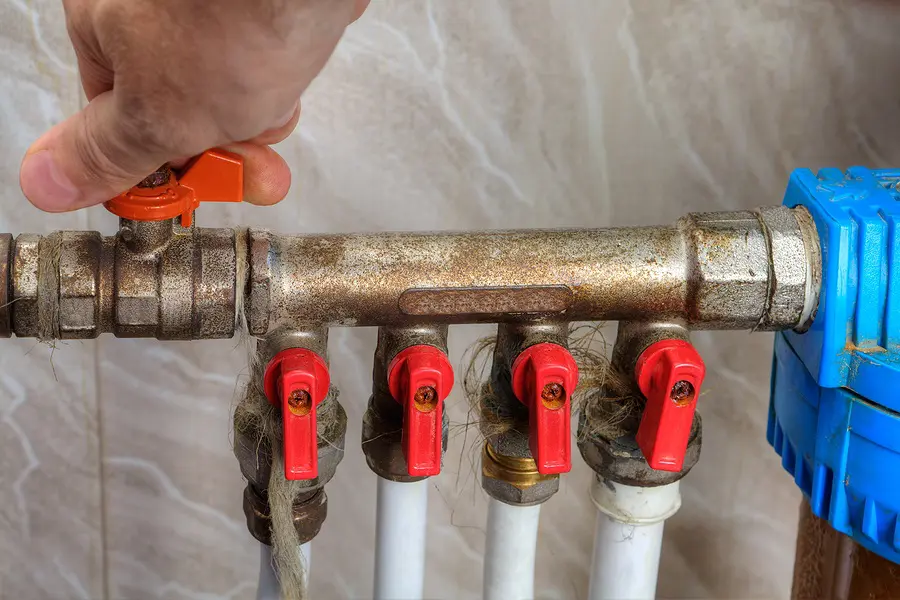 207-885-0771
207-885-0771
Be sure you know the location of the main shut off valve for your home’s water source. This is where your water supply enters, via town water or well, and is then distributed to other pipes and fixtures. Should you have a plumbing emergency, you’ll want to know where it’s located so you can turn off the water right away to avoid a big, expensive catastrophe.
You should also know where your sewer line access point is if you have a septic system. Also identify where the shut off is for pipes leading to your outdoor spigots.
Note that apartments and condos may not have their own dedicated shut-off valves. Check with your landlord or condo association.
It’s not that uncommon for a homeowner to be doing their own project and accidentally puncture water pipes (just a nick can cause a dangerous leak!). When you are doing a DIY project, just be mindful of nearby plumbing fixtures, heat registers, or other appliances that could have plumbing pipes behind the walls or floor supplying them.
ONLY toilet paper should be flushed down the toilet! We can’t stress this enough since a clogged toilet is one of the most common repair calls. Flushing anything else can lead to a nasty problem. Even “flushable” products like baby wipes and feminine products can back up your plumbing.
Only food waste should go down the garbage disposal, and never dump leafy vegetables, vegetable peelings, fat and grease, coffee grounds, or starchy foods like rice and pasta. These items will eventually create a clog.

Pro Tip:
Invest in a good quality plunger to have on hand should you encounter a clog. A strong plunger can often clear clogs in toilets, sinks, and drains. If your weekend chores include cleaning a sink trap, use a plunger to push most of the water out before removing the trap. This will make the task a lot less wet and messy.
When you’ve got a clog, and you know what it is, can even see a bit of it perhaps, a wet-dry vacuum can solve the problem. When something small and hard, like a toy or hair clip, for example, is causing a blockage, try sucking it out. Using a plunger in that circumstance will just push the item deeper into the drain.
If you do a plumbing DIY project or repair, remember to always check for leaks when you are done. Run water through the system for several minutes, then check the area of the repair, under the sink, and open and close all the valves and drains associated with the repair. Even professional plumbers sometimes need to reseal a connection or tighten a valve, so take the time to check your work.
If you have a dripping faucet or tiny leak under the sink, know that is your money going down the drain. It is also an indicator of trouble on the horizon. A leaky faucet actually wastes up to eight gallons of water per day! A running toilet wastes around 200 gallons per day! Fix small leaks immediately, before they become big, and save yourself from a more costly repair.